Naming Groups 3 to 7 in the Periodic Table
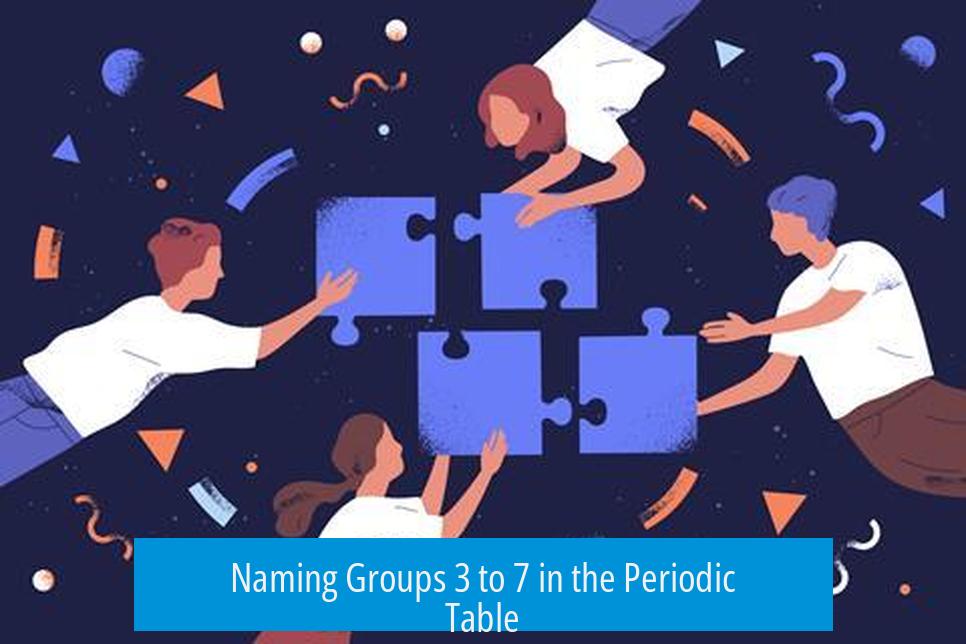
Groups 3 to 7 in the periodic table do not have widely accepted, specific group names, but naming them based on their shared properties or common uses can provide clarity. These groups include transition metals with diverse characteristics and important industrial roles. Naming them by property highlights their utility.
Overview of Groups 3-7 Elements

- Group 3: Includes scandium (Sc) and yttrium (Y), considered transition metals with moderate reactivity and use in alloys and catalysts.
- Group 4: Contains titanium (Ti), zirconium (Zr), and hafnium (Hf), known for strong, corrosion-resistant metals.
- Group 5: Features vanadium (V), niobium (Nb), and tantalum (Ta), metals noted for hardness and high melting points.
- Group 6: Includes chromium (Cr), molybdenum (Mo), and tungsten (W), recognized for durability and resistance to wear.
- Group 7: Contains manganese (Mn), which is critical in steelmaking and alloy formation.
Rationale for Naming by Properties
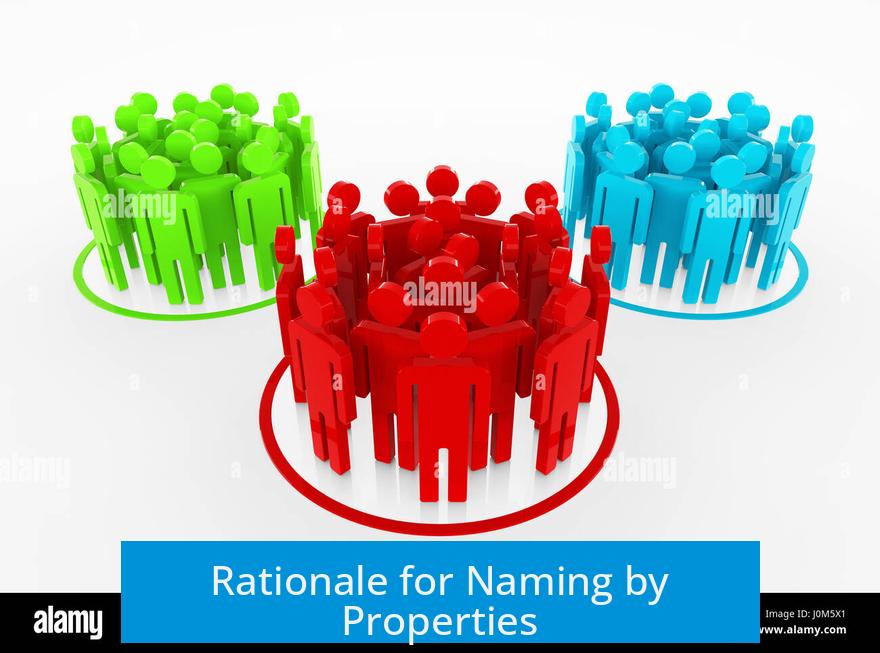
Naming these groups based on their key physical and chemical traits helps communicate their industrial importance. For example, since iron and similar metals are proposed to be called “durable metals” due to their role in steel manufacturing, groups 3-7 could also receive names reflecting their unique properties:
- Group 3: “Light transition metals” for their relatively lower density and reactivity.
- Group 4: “Strong metals” because of corrosion resistance and high strength (e.g., titanium).
- Group 5: “Hard metals,” noting their use in hard coatings and tools.
- Group 6: “Wear-resistant metals,” highlighting their durability in industrial processes.
- Group 7: “Alloy metals,” reflecting manganese’s role in alloy formation.
Iron Metals and the Concept of “Durable Metals”
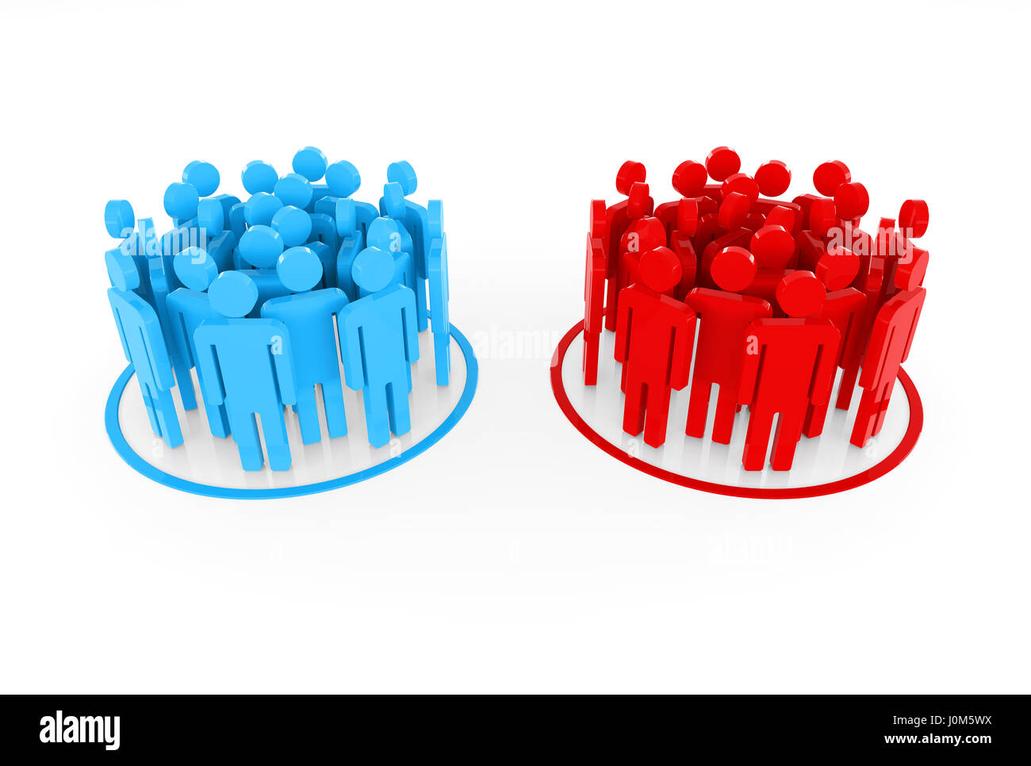
Although iron is placed in Group 8, it is worthwhile to mention it within this context. The term “durable metals” is suggested for iron and its closely related elements because of their strong presence in steel and structural materials. This reflects naming based on practical usage rather than strict periodic placement.
Summary

- Groups 3-7 consist of transition metals with diverse but characteristic properties.
- Naming groups based on these shared physical or industrial traits can enhance understanding.
- Examples include calling Group 4 “strong metals” and Group 6 “wear-resistant metals.”
- Iron, although in Group 8, is proposed as “durable metal” due to steel’s importance.
- This approach links element naming to practical relevance, improving clarity.
Groups 3-7 Names, What Would You Call Them?

When you think about the periodic table, groups and their names are sometimes taken for granted. Groups 1 and 2 get the alkali and alkaline earth metals titles, while groups 8-11 earn the “transition metals” crown. But what about groups 3 through 7? What would you call these groups if you could name them based on their properties or common uses? There’s an interesting conversation to be had here—one that goes beyond textbook labels into practical, functional naming grounded in everyday life.
Let’s jump straight in and explore some inventive ways these groups of elements could be labeled, with a particular nod to the idea of calling iron metals “durable metals” due to their strength and utility.
Why Names Matter: More Than Just Letters and Numbers
Before diving into suggestions for groups 3-7, consider why naming matters at all. The periodic table groups elements by similar chemical behavior, but these groupings often lack immediate clarity to non-chemists. Calling a group by a feature tied to how humans use those elements can bridge that gap.
For example, the idea of labeling iron-containing metals as “durable metals” highlights a key property: durability. Iron and its alloys like steel are essential in construction, tools, and countless products where strength counts. This label instantly conveys a practical understanding rather than just where iron sits in the periodic arrangement.
Groups 3-7: Untapped Territory for Functional Naming
Unlike groups 1, 2, or 18, there isn’t an official or popular vernacular name for the elements in groups 3 through 7. This creates a unique opportunity: What if these groups could be named according to their shared qualities or prominent uses?
- Group 3 Elements: Think scandium, yttrium, and some lanthanides. These tend to be lightweight and often find use in aerospace and electronics. A fitting name? “Light Metal Allies” or “Aero Metals” might resonate with their functional roles.
- Group 4 Elements: Titanium and zirconium are here. Titanium is famous for corrosion resistance and strength. How about “Strength Metals” or “Resilience Metals” to emphasize those qualities?
- Group 5 Elements: Vanadium, niobium, and tantalum laud remarkable utility in steel alloys and electronic capacitors. A title like “Alloy Masters” could emphasize their importance in enhancing material properties.
- Group 6 Elements: Chromium, molybdenum, and tungsten bring hardness and high melting points to the table. “Hard Metals” or “Wear-Resistant Metals” might spotlight their role in tough industrial applications.
- Group 7 Elements: Manganese is the standout here, used mainly to improve steel strength and wear resistance. “Steel Enhancers” would be a logical and telling name.
Naming by properties like durability, strength, or specialized function provides intuitive insights, especially for students or non-specialists, sparking greater understanding and interest.
What About the Iron Metals and “Durable Metals”?
While iron sits in Group 8, the phrase “durable metals” is perfectly fitting for it and closely related neighbors. Here’s why this naming is a gem: Iron, as anyone building a house or a bridge knows, forms the backbone of steel, one of the world’s most versatile and strongest materials.
By calling iron-containing metals “durable metals,” we emphasize their practical application—not just their electronic configuration. This approach could potentially be extended backward to groups 3-7, all of which contribute elemental building blocks for strong alloys or high-performing materials.
Imagine explaining to a teenager that iron and related metals carry the nickname “durable metals” because “they keep skyscrapers standing tall and cars on the road.” Wouldn’t that stick better than a chart with numbers? Absolutely.
Benefits of Functional Naming
Functional or utility-based names make learning chemistry less cryptic. If groups 3-7 were called “Light Metals,” “Strength Metals,” “Alloy Masters,” and “Wear-Resistant Metals,” what impact might this have?
- Better Recall: It helps people remember what elements are good for rather than just where they sit.
- Practical Insight: These names connect chemistry theory with real-world applications immediately.
- Curiosity Spark: Kids and adults alike might get hooked on why “Wear-Resistant Metals” can resist scratching and high heat.
Also, such naming naturally lends itself to storytelling in education and industry communication, broadening chemistry’s appeal and understanding.
Would Industry Embrace These Names?
Industry terminology often focuses on practical properties—tensile strength, corrosion resistance, or electrical conductivity. While the periodic table sticks to scientific classification, industries call things by their function.
If producers, engineers, and educators adopt these kinds of names in tandem with scientific jargon, clarity will improve across the board. Why not bridge the gap between scientists and everyday users?
Wrap-Up: What Would You Call Groups 3-7?
The periodic table’s middle-metal groups don’t yet have catchy or intuitive names like alkali or noble gases. Naming these groups based on properties or common applications could revolutionize understanding. Here’s one final stab at a lineup:
| Group | Proposed Name | Reasoning |
|---|---|---|
| 3 | Light Metals | Elements like scandium and yttrium are light and essential in aerospace |
| 4 | Resilience Metals | Titanium’s strength and corrosion resistance defines this group |
| 5 | Alloy Masters | Vanadium and niobium enhance strength and flexibility in alloys |
| 6 | Hard Metals | Chromium, molybdenum, and tungsten are hard and wear-resistant |
| 7 | Steel Enhancers | Manganese improves the toughness and durability of steels |
Would you agree with these labels? Or would you prefer more poetic names, maybe “The Metal Vanguard” or “Atomic Architects?” Share your ideas below. Naming is not just about labels—it’s about telling a story.
Remember: the periodic table can be more than a grid of obscure elements. It can be a toolbox of elements with names that speak directly to their strength, purpose, and impact on our daily lives.
So, next time you see groups 3 to 7, instead of eye-glazing numbers, think of “Light Metals” powering spacecraft or “Steel Enhancers” keeping bridges standing tall. That’s chemistry that sticks.
What naming approach is suggested for elements in Groups 3-7?
Elements in Groups 3-7 could be named based on their physical traits or common uses. This ties their identity to practical features, like durability or other key characteristics.
Why might iron metals be called durable metals?
Iron metals are linked with steel and strong materials. Calling them durable metals highlights their role in making tough, long-lasting products.
Is there an official name for Groups 3-7 elements?
No official collective name for Groups 3-7 exists. Naming is often informal and based on chemical or physical traits rather than group numbers.
Could Groups 3-7 have names similar to the ‘durable metals’ idea?
Yes, naming could reflect the elements’ uses or properties. For example, groups might be named for traits like malleability, reactivity, or conductivity.



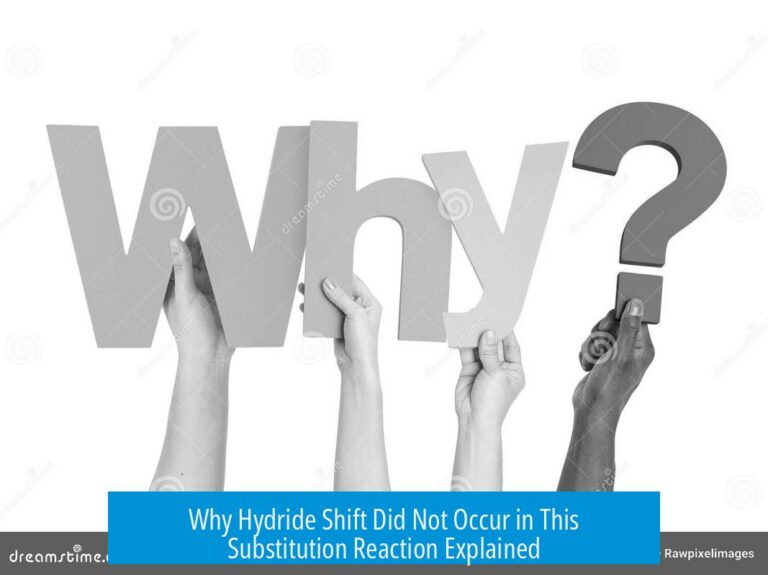
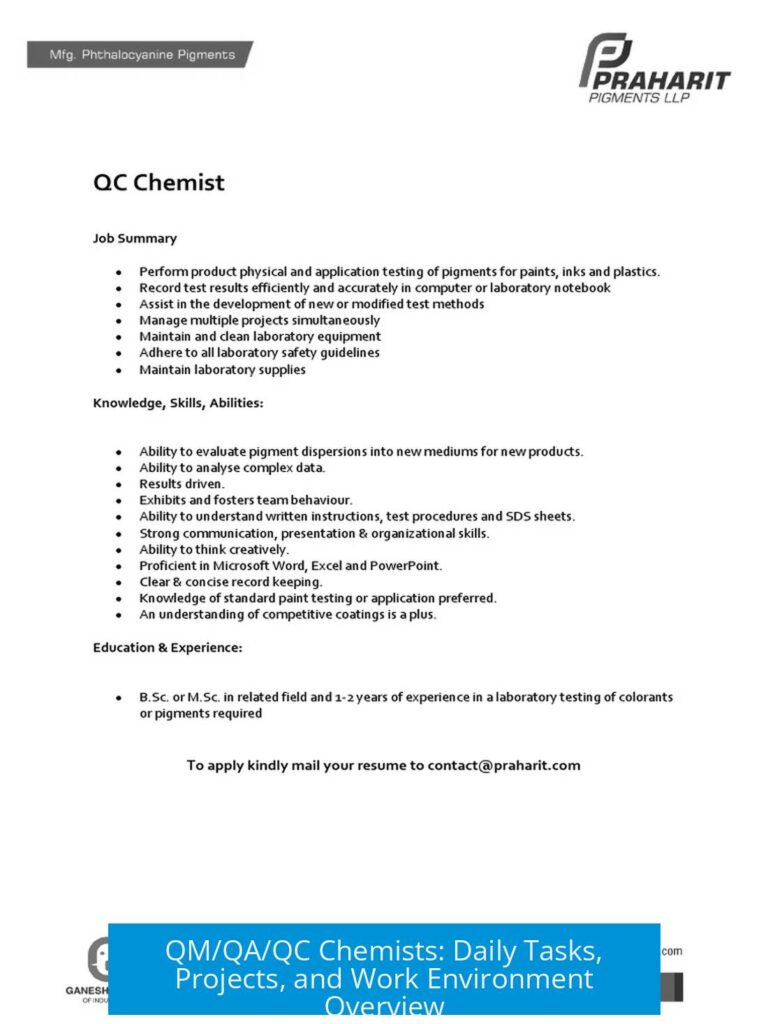
Leave a Comment